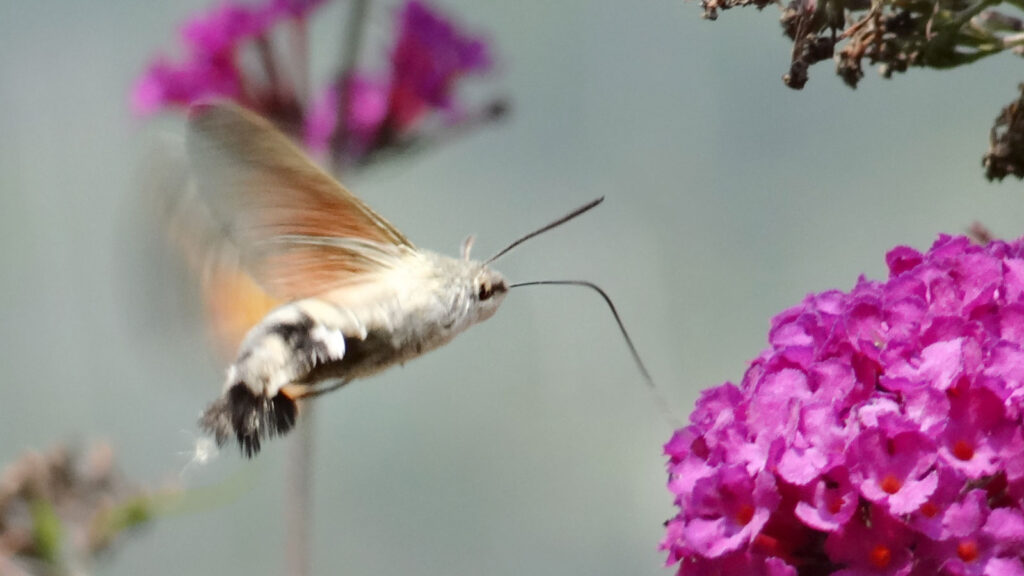With its buzzing flight and annual migration route of over 2000 km, the pigeon tail Macroglossum stellatarum is a marvel of energy technology and an exemplary study object for energy bionics. By studying and imitating technology, biomimetics or bionics opens up the possibility of learning from nature.
After presenting the first chlorophyll-based dye-sensitised solar cell as a bionic prototype at Berkeley (Ref. 10) and then studying nature along the Panamerican Highway and in South American wilderness areas, I wrote the book “How Life Learned to Live” (Book How Life learned to live: Adaptations in Nature).
Energy bionics, i.e. learning energy technology from nature, has always been a guiding principle for my energy research. For example, I found out why nature so successfully uses clusters, groupings of common transition metals such as iron, manganese or copper for energy catalysis. I also realised that the drawing of water in tall trees is a dynamic phenomenon of self-organisation powered by solar energy (e.g. Refs. 88, 118, 157, 371, 417, 421, 425, 429).
Inspired by my bionic experience with energy systems, I also deal with the challenges of modern society in the field of energy (Book Erde, wohin gehst Du? Solare Bionik-Strategie: Energie-Zukunft nach dem Vorbild der Natur and publication Ref. 434). I propose that the energy activities of our civilisation should be reintegrated into the global energy strategy of nature.


 Deutsch
Deutsch Italiano
Italiano